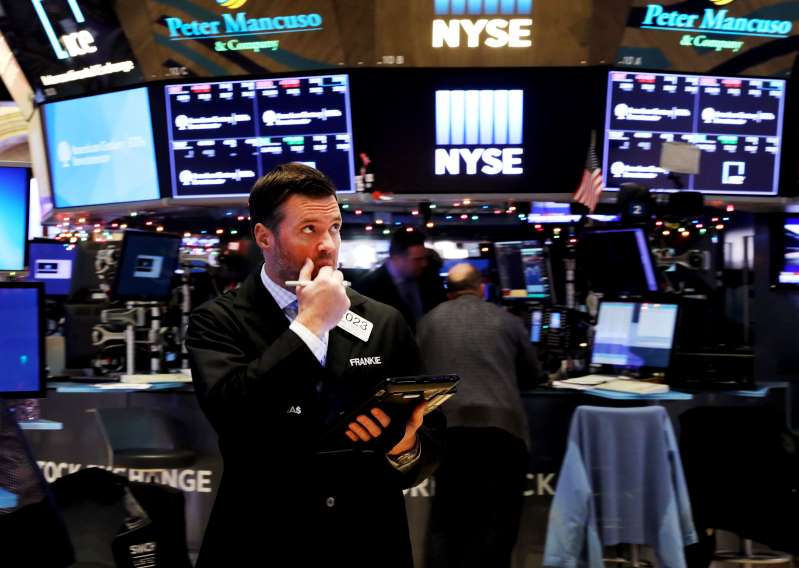By Eustance Huang, CNBC–
U.S. stock futures struggled to stay in positive territory early Wednesday, in the wake of the Dow’s plunge on Christmas Eve.
Dow Jones Industrial Average futures had been reasonably volatile since Tuesday evening trade, including pointing to triple-digit declines for the index. But, as of 6:22 a.m. ET, futures implied an opening gain of 47.80 points. S&P 500 and Nasdaq futures also pointed to positive moves for when the indexes open on Wednesday.
American exchanges were closed on Tuesday for the Christmas holiday, but stocks are inheriting downside momentum from a Monday plunge when they recorded their worst Christmas Eve trading ever — and the S&P 500 entered a bear market.
And the negative sentiment has been global: On Tuesday, the closely watched Nikkei 225 in Japan fell 5 percent. The index rebounded partially from those lows on Wednesday, gaining 0.89 percent on the day.
That all comes as U.S. President Donald Trump continues his tirade against the Federal Reserve: On Tuesday, he said it was “raising interest rates too fast because they think the economy is so good. ” Trump has taken aim multiple times this year at the U.S. central bank’s monetary policy and its chairman, Jerome Powell, going as far as to say that the Fed has “gone crazy. ”
Multiple reports last Friday even said Trump had discussed the possibility of firing Powell, a claim which was later denied by U.S. Treasury Secretary Steven Mnuchin.
Stormy Monday stateside
The Dow Jones Industrial Average dropped by 653 points Monday in volatile trading, falling below 22,000. The Dow sank more than 2 percent, then recovered nearly all of the day’s losses, before again falling more than 2 percent. The S&P 500 fell 2.7 percent, slipping into a bear market as it fell 20.06 percent from recent highs. Wall Street traditionally considers a drop of 20 percent or more from recent highs to be a bear market. The Nasdaq Composite Index slid 2.2 percent.
The plunge in stocks on Monday stateside came after Mnuchin held calls with CEOs of major U.S. banks last weekend and issued a statement saying, “The banks all confirmed ample liquidity is available for lending to consumer and business markets.”
On Monday, a senior Treasury official, who declined to be named, told CNBC that the purpose of the call and putting out the statement, was a “prudent, preemptive measure” following last week’s market volatility, which saw the Dow experiencing its worst one-week plunge in a decade. Yet while the moves were intended to be reassuring, they triggered confusion among market watchers.
“This call was absolutely unnecessary and in terms of their ability to communicate to the markets, they’re losing it,” Frank Troise, managing director at SoHo Capital, told CNBC’s “Squawk Box” on Wednesday.
Troise said the Treasury call begs the question of whether Mnuchin has “no idea what he’s doing” or if “there actually is a liquidity crisis.” If the latter option is the case, he questioned why it didn’t come up in the Federal Reserve’s recent minutes.
“The concern now in the market is actually that Treasury’s out of touch with what’s going on,” he said.
—CNBC’s John Melloy and Michael Sheetz contributed to this report.


Leave A Comment
You must be logged in to post a comment.